The Best View of Washington is Now Open to the Public
Take in views of our nation’s capital from the Washington Monument, more than 500 feet about the National Mall
The tallest freestanding stone structure in the world is now open to the public after being closed for 32 months. Ever since a 5.8 magnitude earthquake shook Washington, D.C. on August 23, 2011, the Washington Monument, the 555-foot tall obelisk that memorializes the first President of the United States has been closed for repairs.
After a post-earthquake stone-by-stone assessment of the entire monument, the National Park Service found damage to the marble and granite throughout the structure. To fix it, workers made 132 Dutchman repairs, which involve replacing stone and making more than 1,000 feet of mortar patches. Preventive improvements were made to the structure as well. The pyramidion panels that make up the tip of the Monument are partially held in place by gravity, so to help them stay in place during any future seismic activity, workers installed stainless steel saddle acnhors to internal ribs, says Bob Collie, the project manager with Perini Management Service.
Robert Mills came up with the original design for the monument, but his grand plans were later abandoned in favor of just the simple, elegant obelisk. President James K. Polk laid the cornerstone of the Washington Monument on July 4, 1848 at a ceremony attended by three future presidents: Buchannan, Lincoln and Johnson. Construction continued until the Washington National Monument Society went bankrupt in 1854. For over two decades the Washington Monument stood at an unfinished 156-feet until Congress passed a resolution to take over the funding and construction of the monument in 1876. When the monument was completed in 1884, it overtook the Cologne Cathedral in Germany as the tallest structure in the world at over 555 feet (only to be surpassed by the Eiffel Tower in 1889).
Although other D.C. locations such as the National Cathedral and the W Hotel’s Point of View Lounge offer towering perspectives on the city, nothing can compare to being in the observation deck of the Washington Monument, 500 feet above the heart of the National Mall with unobstructed picture-perfect views of the White House, Capitol, Tidal Basin and Lincoln Memorial. The only building that can even attempt to give the Monument a run for best view of the city is the Old Post Office Pavillion, but it’s closed for (non-earthquake related) renovation work until the spring of 2016.
To reach the top of the Washington Monument, visitors take a 70-second elevator ride to the top of the observation deck, as well as to a small exhibit on the structure's history. A two-minute elevator ride to the bottom shows off 195 memorial stones purchased by individuals and organizations as a part of the structure's initial construction. There are stones from every state, as well as some cities, foreign countries, individuals and organizations.
While anyone can walk around the exterior of the Monument, there are only two ways to get tickets inside. During extended holiday hours, 18,000 tickets will be given away each day. Same day tickets will be given out on a first-come first-served basis at 8:30 a.m. every morning at the Washington Monument Lodge and make up at least 40 percent of the tickets given out each day. Visitors can also book tickets online for a $1.50 service fee, but they are currently sold out thru most of June.
Planning Your Next Trip?
Explore great travel deals
Smithsonian magazine participates in affiliate link advertising programs. If you purchase an item through these links, we receive a commission.
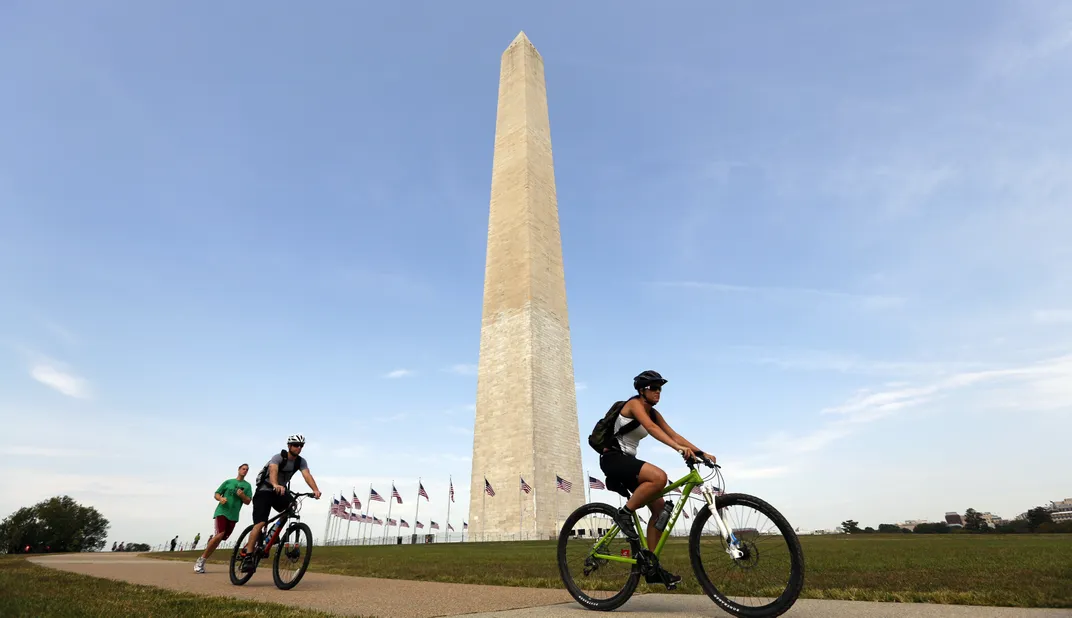
/https://tf-cmsv2-smithsonianmag-media.s3.amazonaws.com/filer/c2/3e/c23e8b04-1c36-4255-bf97-abeb563ac3e7/_ec19211.jpg)
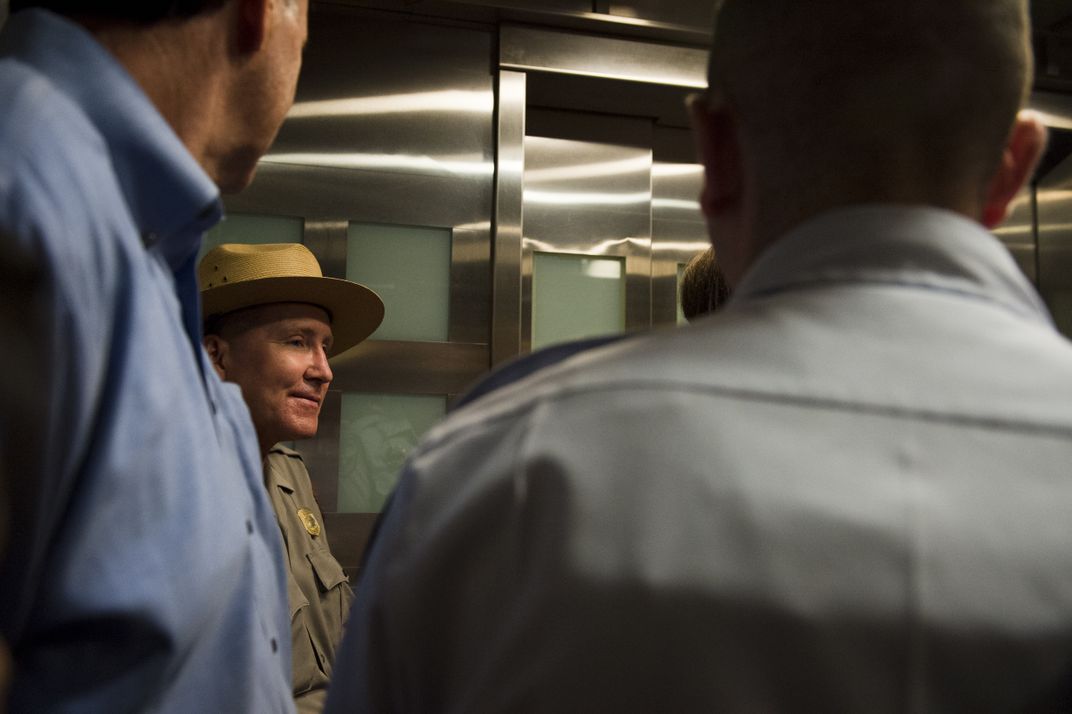
/https://tf-cmsv2-smithsonianmag-media.s3.amazonaws.com/filer/0c/cf/0ccfd383-4b49-41df-b4ab-1e76ba0d23fd/_ec19216.jpg)
/https://tf-cmsv2-smithsonianmag-media.s3.amazonaws.com/filer/35/74/35744515-43a0-449f-8322-d150e84cc6ff/_ec19217.jpg)
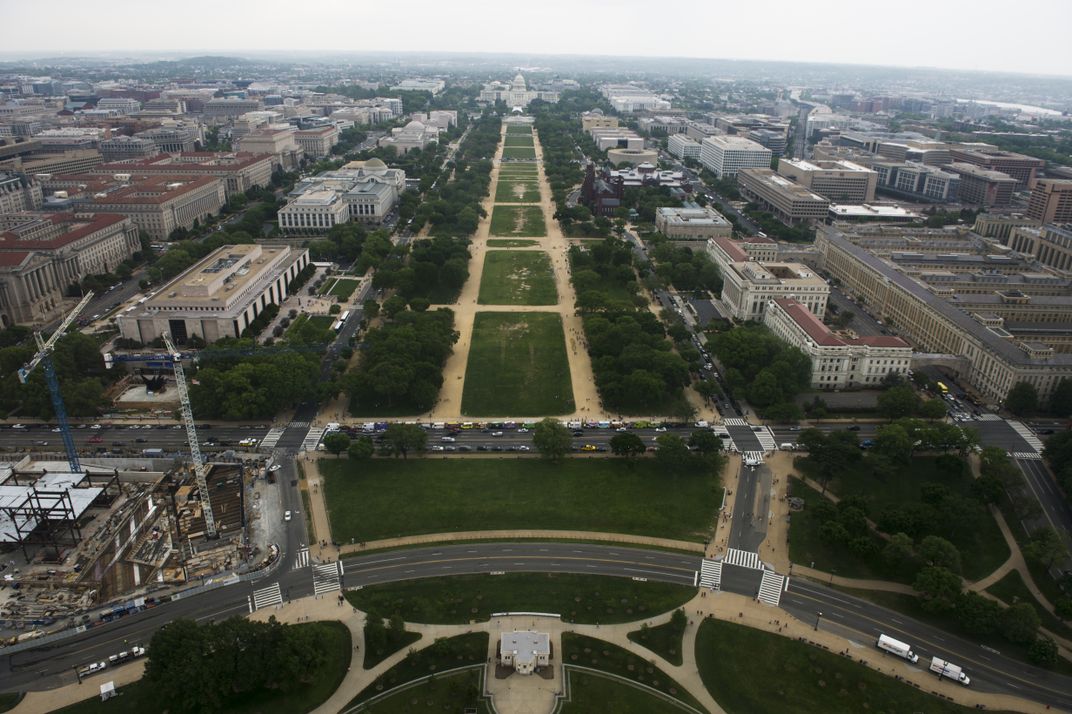
/https://tf-cmsv2-smithsonianmag-media.s3.amazonaws.com/filer/7b/e7/7be7de77-289d-4f7c-8b90-a54413170e52/_ec19221.jpg)
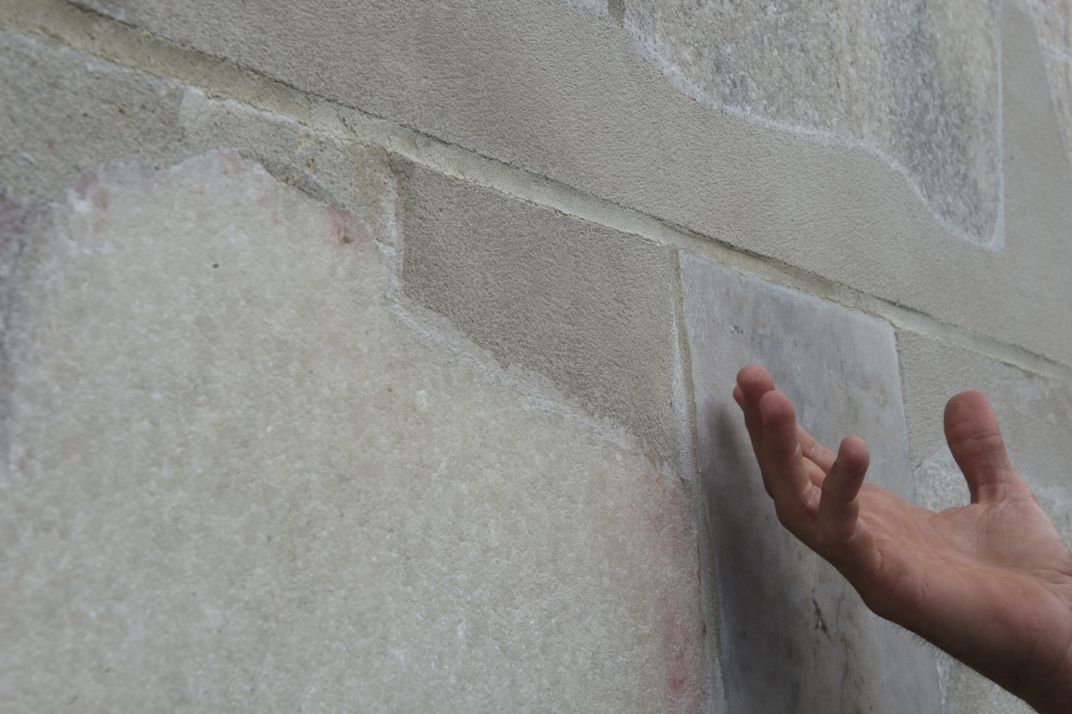
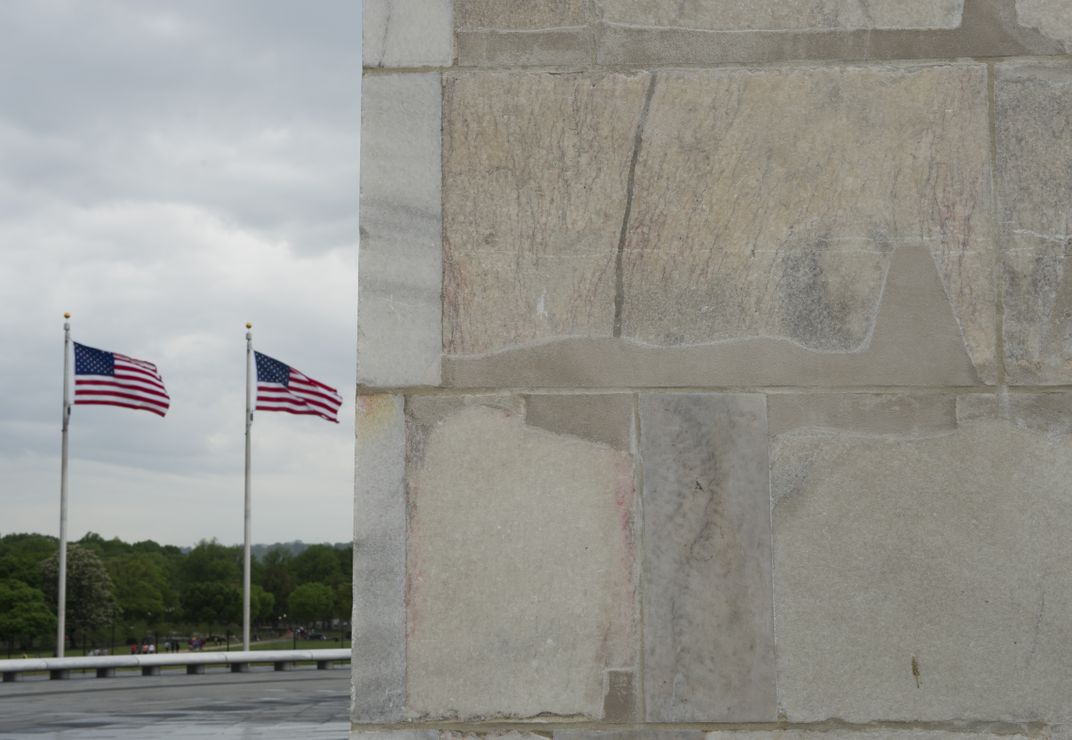
/https://tf-cmsv2-smithsonianmag-media.s3.amazonaws.com/filer/fc/10/fc10a26f-ce77-46ca-b7dd-a5a7f617fbb7/_ec19249.jpg)